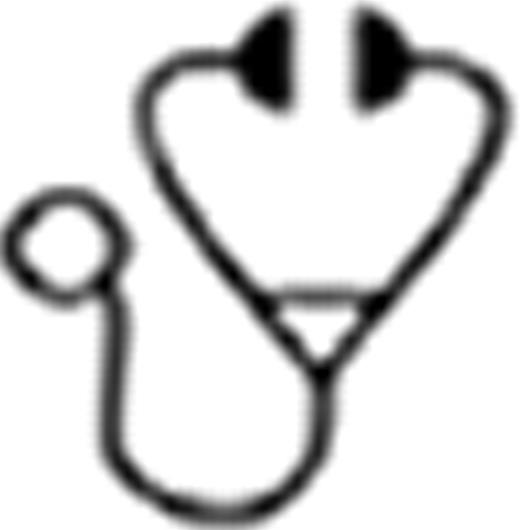Abstract
Limited data exist about allogeneic hematopoietic cell transplantation (HCT) as salvage treatment of relapsed or progressive multiple myeloma (MM) after autologous HCT in the era of proteasome inhibitors and next-generation immunomodulatory drugs.
Retrospective analysis of 27 consecutive adult patients (median age 52 years, range 38–67, f=7, m=20) with relapsed (n=7) or progressive (n=20) MM after single (n=11) or tandem (n=16) autologous HCT treated at our institution from 2001 to 2012 with allogeneic HCT as salvage treatment. Conditioning regimens consisted of busulfan/cyclophosphamide (CY)/total marrow irradiation (n=8), fludarabine(FLU)/CY/2 Gy total body irradiation (n=8), FLU/melphalan (n=5), FLU/thiotepa/melphalan (n=2) or FLU/treosulfan (n=4). Antithymocyte globuline, calcineurin inhibitor combined with mycophenolate mofetil or methotrexate were used as graft-versus-host disease (GVHD) prophylaxis.
Genetics were available in 14 patients resulting in a high-risk group (+1q21, t(4;14), del17; n=3), del13q14 (n=3), +11 (n=1) and a normal karyotype (n=7). Allogeneic HCT was performed 29 months (median, range 12–107) after autologous HCT. Grafts either from matched related (n=8), haploidentical (n=2), matched unrelated (n=14) or mismatched unrelated (n=3) donors were used. All grafts consisted of G-CSF mobilized peripheral blood stem cells (median CD34+ cells 5.9×106/kg, range 2.6–12.4×106/kg). Median time to neutrophil (>500/μl) and thrombocyte (>20,000/μl) engraftment was 13 days (range 9–22) and 14 days (8–23), respectively. Complete chimerism in peripheral blood was detected after a median of 27 days (range 11–149). No graft rejections occurred. In case of mixed chimerism, relapse and disease progression after allogeneic HCT, 9 patients received donor lymphocyte infusions (median 25.0×106/kg, range 0.2–110.0×106/kg) after a median of 353 days (range 72–1104) in the absence of GVHD. Median follow-up was 1426 days (range 184–3512) of all patients alive resulting in a Kaplan-Meier estimated 4-year event-free survival (EFS) and overall survival (OS) of 15% and 37%, respectively. Although not statistically significant, the use of a related donor (n=10) was associated with an improved outcome compared to an unrelated donor (n=17) (4-year OS 50% vs. 29%, p=0.16). Cumulative incidence of non-relapse mortality (NRM) adjusted for relapse/progression as competing risk was 22% at 4 years. Causes of death were disease progression (n=9), GVHD (n=4), infections (n=2) and multiple organ failure (n=2). Cumulative incidence of relapse/progression at 4 years with death due to NRM as competing risk was 63%. Autologous HCT (n=11, 2001–2005) for induction treatment prior to allogeneic HCT showed a trend towards an adverse outcome compared to alternative induction regimens containing thalidomide (n=2), lenalidomide (n=7) or bortezomib (n=6) (2004–2012): 4-year OS 27% vs. 44% (p=0.16). NRM adjusted for relapse/progression was lower in the latter group (36% vs. 13% at 4 years, p=0.18), whereas relapse/progression adjusted for NRM was lower in the first group (45% vs. 75% at 4 years, p=0.24). In total, 18 patients relapsed or progressed after salvage allogeneic HCT after a median of 177 days (range 33–1823). 11 of these patients were treated with thalidomide (n=1), lenalidomide (n=4), bortezomib (n=2) or a combination of these drugs (n=4) resulting in a median survival post relapse/progression of 1048 days compared to 200 days of patients who were not treated with these compounds upon relapse or progressive disease (n=7) (p=0.20). Acute GVHD≥2 (n=6) was associated with a reduced 4-year OS of 17% compared to 43% (p=0.07). Chronic GVHD (limited n=3, extensive n=8) was not associated with an adverse outcome (4-year OS 36% vs. 38%, p=0.82).
Allogeneic HCT is a potential salvage treatment option for relapsed or progressive MM after single or tandem autologous HCT with an acceptable NRM, although EFS is considerably short. The introduction of proteasome inhibitors and next-generation immunomodulatory drugs for induction treatment might improve outcome after allogeneic HCT due to a decreased NRM. In case of relapse or progression after salvage allogeneic HCT, the use of these agents may lead to prolonged survival.
Off Label Use: Off-label use of conditioning regimens and immunomodulatory drugs/proteasome inhibitors.

This icon denotes a clinically relevant abstract
Author notes
Asterisk with author names denotes non-ASH members.


This feature is available to Subscribers Only
Sign In or Create an Account Close Modal